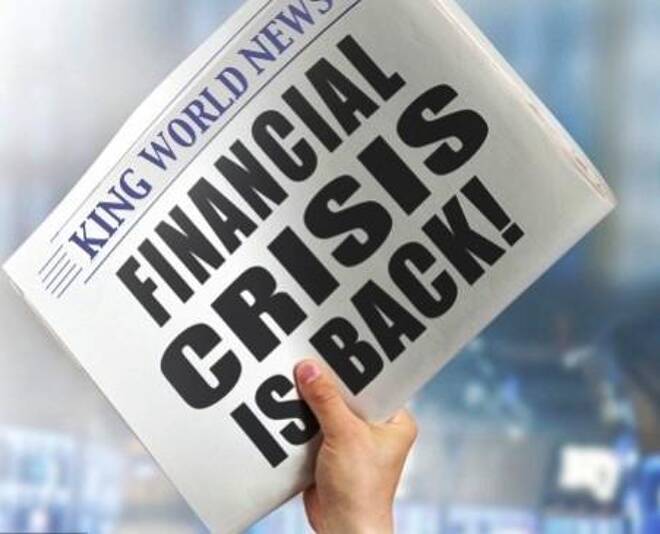Advertisement
Advertisement
Capital markets in the past have been subjected to market risk along with fluctuations of numerous different financial instruments.
A perfect example of this would be the 2008 financial crisis which brought to light the impact of credit risk exposure and how the world economies can teeter on the verge of bankruptcy.
Over the last several years many financial institutions which had faced serious financial distress have been able to rectify many of their internal controls. However, there are still many issues which the financial industries face and these matters can be directly associated to credit and the inability of many companies to manage credit exposure.
Many present credit issues are not necessarily confined to the lenders. Several of the credit agencies such as S&P as well as Moody’s have demonstrated that they were not unsusceptible to overvaluing credit.
How should one define credit risk? Credit risk is typically the exposure of one party to another based on the notion that each entity will meet their overall obligations. What is credit risk management? Credit risk management is the process focused toward valuating portfolios by managing credit risk exposure within an acceptable range.
Investors should manage credit risk which can be inherent in the portfolio along with the risk in a single transaction. In addition, investors must consider the relationship between credit risk and other forms of risk. It should not be overlooked that credit risk is a component of and wide-ranging approach to risk management and typically the success of the overall organization.
Within the financial markets, loans provided by financial institutions make up a preponderance of credit risk. In addition, other activities which expose financial institutions to credit risk would be a trading portfolio.
Within the hedge fund sector, credit risk is usually on counterparty risks were the focal point is on the credit suitability of the company that is on the opposite side of the transaction.
Considering credit risk is one of the largest sources of issues associated to banking institutions world-wide, banks along with hedge funds will typically spend numerous hours creating financial transactions which will protect them from credit catastrophes.
Organizations should continuously monitor, identify and control credit risk. In addition, these same organizations should possess adequate capital positions against these risks so that they can compensate for any risks incurred.
Within the last ten years, numerous credit risk management tools have been developed allowing investment managers the capability to hedge their credit risk. A good example of this and noteworthy are credit default swaps (CDS). The CDS is an agreement were the seller of the financial vehicle compensates the buyer if a loan and or a transaction defaults. The buyer of the CDS typically makes numerous premium payments to the seller and will receive a payoff if the CDS loses money. A CDS should be thought of as an insurance vehicle or a short of a bond.
When a financial organization utilizes CDS properly they can play a strong role in the managing of credit risk.
In closing, credit risk plays a significant role in how organizations manage their money. There are numerous financial vehicles presently on the market to prevent companies from going belly. The CDS is a strong financial vehicle used to prevent companies from going bust.
About the Author
David Beckerauthor
David Becker focuses his attention on various consulting and portfolio management activities at Fortuity LLC, where he currently provides oversight for a multimillion-dollar portfolio consisting of commodities, debt, equities, real estate, and more.
Did you find this article useful?
Latest news and analysis
Advertisement
